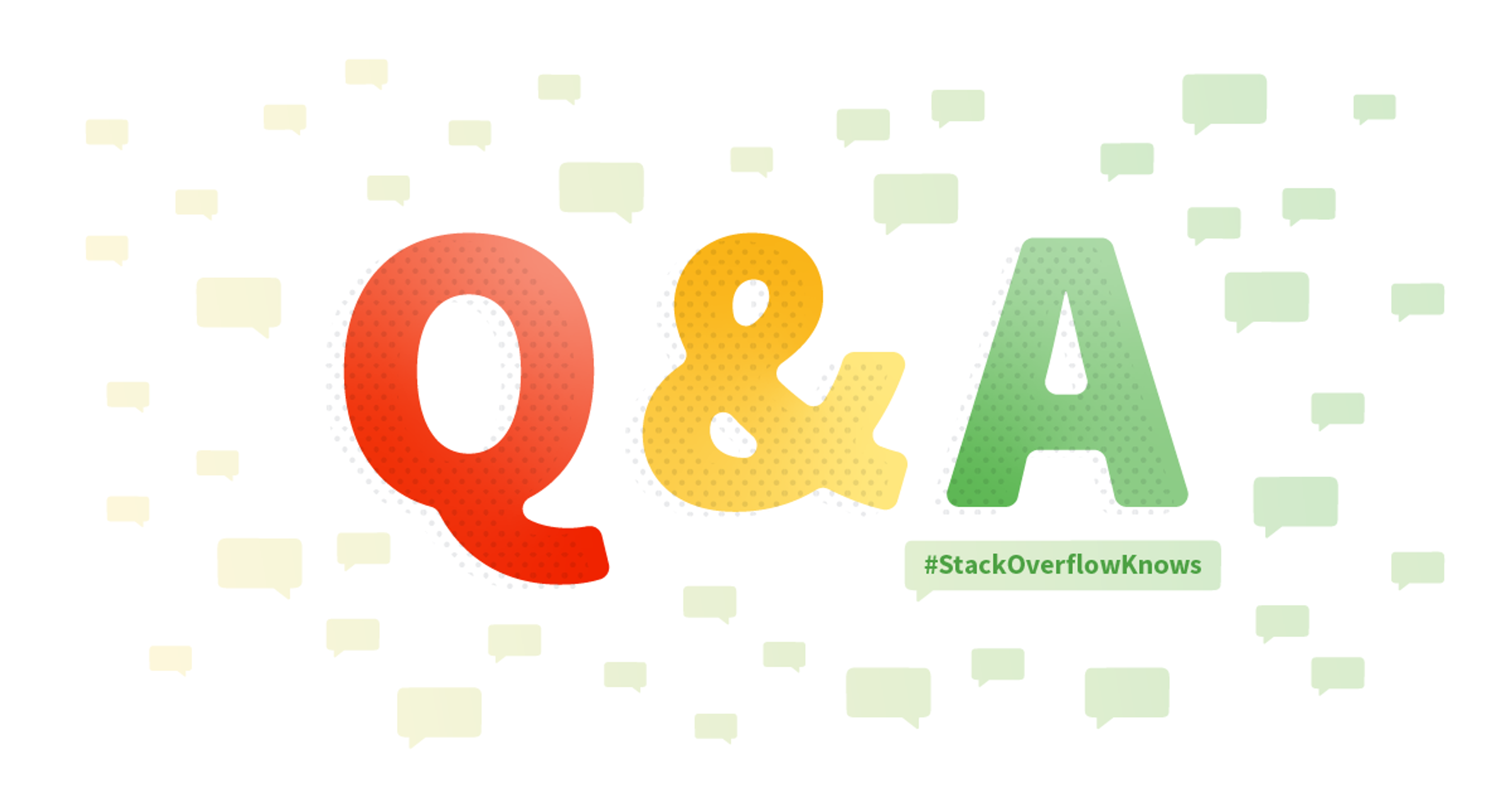The first month of the new year is almost over just in time for everyone to give up on their resolutions. But fear not! Stack Overflow and our coterie of Exchanges have a bevy of delicious questions to strengthen your resolve. Take a gander at the genetics of the coronavirus, the waste products of Apollo 13, and the littlest malicious code.
Why does the Wuhan coronavirus genome end in aaaaaaaaaaaaaaaaaaaaaaaaaaaaaaaaa (33 a's)?
bioinformatics.stackexchange.com
One of our Stack Exchange communities sheds a little light on the genetic makeup of the Wuhan coronavirus and the strange set of nucleotides at the end.
What did the Apollo missions do with old LiOH canisters & the water they produced?
space.stackexchange.com
My memory of Apollo 13 is a little rusty, but I don’t remember Tom Hanks properly disposing of the used canisters in the movie.
Neutralizing a sulfuric acid spill
chemistry.stackexchange.com
When you spilled that sulfuric acid, again. --- “Asking for a friend.”
Can malicious code fit in 14 bytes?
security.stackexchange.com
Honey, I shrunk the malicious code! Some people say that good things come in small packages. Apparently, bad things can also come in small packages.
Is 128-bit security still considered strong in 2020, within the context of both ECC Asym & Sym ciphers?
crypto.stackexchange.com
128-bit is still secure unless the attacker has 34 million years and .1 nanoseconds worth of the total energy output of the sun. But you can probably bump up to 256 if you want.
